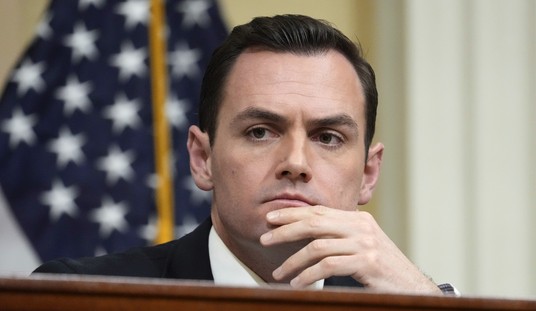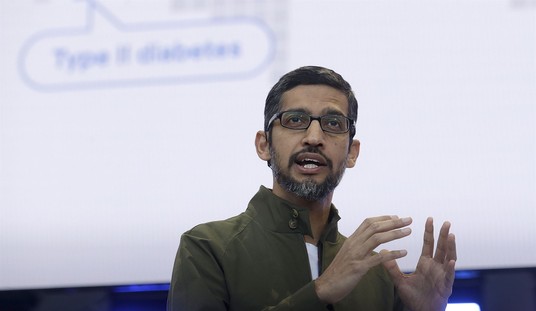Maybe a better question might be how anybody is seeing positive benefits from the pandemic. But that’s the question that Scott Rasmussen put to a wide cross-section of Americans recently. He asked respondents if they “can think of any positive benefits in their life” as a result of the coronavirus pandemic. The results are posted as the number of the day at Ballotpedia. I don’t know about you, but my immediate assumption was that the positive response rate would be somewhere in the single digits. But as it turns out, it’s considerably higher and one particular profession seems to be a significant driver of that number.
Thirty-one percent (31%) of voters say the coronavirus pandemic created some positive benefits in their life. A Scott Rasmussen national survey found that 61% can’t think of any positive benefits, while 8% are not sure.
Most private-sector workers (58%) and retirees (72%) cannot think of any positive benefits in their life. However, among government employees, 48% remember some positive benefits, while 45% cannot…
Data released last week shows that 42% of voters believe the worst of the pandemic is now behind us. Twenty-eight percent (28%) disagree and think the worst is still to come.
That’s an interesting tidbit of data, isn’t it? Majorities of people working in the private sector and retirees can’t think of any positive benefits from the pandemic. But a plurality of government employees are able to recall some positive benefits.
But as Rasmussen goes on to point out, we’re not talking about all government employees here. One special group of public sector employees were by far the most likely to have seen benefits from the plague that’s been devouring the world. (Emphasis added)
The broad category of government employees covers everyone from regulators to first responders and teachers. Within this group, there is a significant difference of opinion. Those who work at a school or college are far more likely than other government employees to report positive benefits from the pandemic.
While only a plurality of government workers in general saw some benefits from the pandemic, a significant (and mind-blowing) majority of teachers and other workers at schools and colleges claimed to have realized benefits by a 60% to 36% margin. Considering all of the complaining and threats we’ve been hearing from the teacher’s unions, that sure sounds like an awful lot of people who are making out pretty well.
And why wouldn’t they? Most of them were sent home more than a year ago, but thanks to their special status as beneficiaries of the taxpayers’ largesse, they’ve still been getting paid. Some of them have been teaching “remotely” from their homes of course, but it’s still added up to a lot of paid time off. In many places, they are being pushed to the head of the line for vaccinations, too. Some of the unions have had to warn their members not to post pictures of themselves vacationing at the beach while everyone back home is struggling to stay afloat.
But while teachers may represent the largest share of workers realizing benefits from the pandemic, they don’t account for all of the public sector workers responding in this fashion. Some other government workers are seeing a bright side to the plague. That makes sense too. After all, we recently learned that all federal workers – including the entire Postal Service – are now eligible for up to fifteen weeks (!) of paid leave on top of their normal vacation and sick time if anyone in their family is in any way impacted by the novel coronavirus, even if it’s just a case of their children not being able to go to school.
I believe it was Monty Python that once advised us to always look on the bright side of life. Clearly, some people in American society are taking that advice to heart more than others as the pandemic grinds on.








Join the conversation as a VIP Member